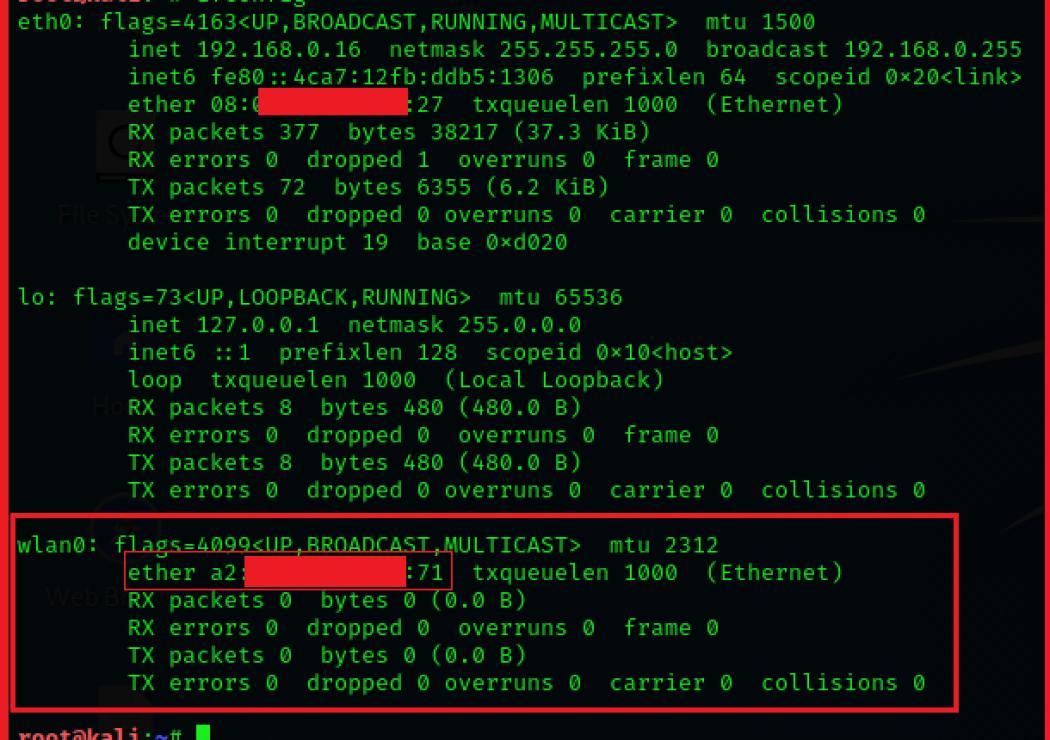What is Ether-1 (ETHO) 101?
A Comprehensive Overview of Ether-1 (ETHO)
Ether-1 is a decentralized platform that allows anyone to create and manage smart contracts. It uses a modified version of the Ethereum blockchain protocol, which makes it faster and more efficient. Ether-1 also has its own virtual currency, called Ether-1 (ETHO).
Exploring the Basics of Ether-1 (ETHO): What You Need to Know
Ether-1 is a digital currency that runs on the Ethereum blockchain. Ether-1 is a decentralized platform that runs smart contracts: applications that run exactly as programmed without any possibility of fraud or third party interference.
Ether-1 was launched in July 2017 and uses the same blockchain technology as Bitcoin. Ether-1 is based on the Ethereum protocol, which allows for transactions to be verified and recorded on a public ledger.
Ether-1 has a total supply of 100 million units. 50 million units were created during the initial stages of the Ether-1 network, while the remaining 50 million units were created through a “mining” process.
Ether-1 can be used to purchase goods and services on the Ethereum network.
Understanding What Ether-1 (ETHO) Has to Offer
Ether-1 is a blockchain platform that aims to provide users with a more efficient and user-friendly way of conducting transactions. The platform offers users a variety of features that make it more efficient and user-friendly, such as smart contracts, atomic swaps, and a decentralized governance system.
Smart Contracts
One of the main benefits of using Ether-1 is the fact that it offers users smart contracts. Smart contracts are contracts that are automatically executed when certain conditions are met. This makes them extremely efficient and user-friendly, as users no longer have to worry about contracts being cancelled or not being executed properly.
Atomic Swaps
Another great feature of Ether-1 is its ability to conduct atomic swaps. Atomic swaps allow two parties to exchange one cryptocurrency for another without having to go through a third party. This is useful because it allows users to easily swap cryptocurrencies without having to go through a lengthy process.
Decentralized Governance System
One of the main benefits of using Ether-1 is its decentralized governance system. This system allows users to vote on changes to the platform's rules and regulations. This is important because it ensures that the platform remains user-friendly and efficient, while also ensuring that the rules are set in a fair and equitable manner.
Unlocking the Mystery of Ether-1 (ETHO): An Introduction
Ether-1 (ETHO) is a digital asset that was created in late 2017. The project is led by a team of developers who are passionate about blockchain technology and its potential to revolutionize the way we handle transactions.
The team has developed a unique platform that allows people to create and share content, including videos and articles. Ether-1 also offers a built-in payment system that allows users to make instant payments without having to go through a third party.
All of this makes Ether-1 a powerful tool for online content creators and businesses who want to make quick and easy payments.
What is Ether-1?
Ether-1 is a digital asset that was created in late 2017. It is based on the Ethereum blockchain platform and uses the Ethereum cryptocurrency as its unit of exchange.
What makes Ether-1 unique is its built-in payment system. This system allows users to make instant payments without having to go through a third party.
How can I buy Ether-1?
Ether-1 can be bought on various cryptocurrency exchanges. The best way to find out the prices and buy ETHO is to use a cryptocurrency trading platform.

Get Informed: All About Ether-1 (ETHO)
Ether-1 is a decentralized application platform that enables users to build and deploy decentralized applications. Ether-1 provides a user-friendly platform for creating smart contracts and applications.
Ether-1 uses a Proof-of-Stake protocol to secure the network and rewards users who hold Ether-1 tokens. The platform offers a wide range of features, including a command line interface, an API, and a development framework.
Ether-1 launched in early 2017 and has since attracted a number of major investors, including Roger Ver, Joseph Lubin, and Tim Draper. The platform has also been endorsed by Vitalik Buterin, the co-founder of Ethereum.

The ABCs of Ether-1 (ETHO): Your Guide to Beginner's Knowledge
Ether-1 (ETHO) is a digital asset and a token created on Ethereum blockchain. Ether-1 is used to pay for goods and services on the Ethereum network.
Introduction to the World of Ether-1 (ETHO): A Comprehensive Guide
Ether-1 is a blockchain platform that allows users to create and manage decentralized applications. It was created in early 2016 by Vitalik Buterin, Joseph Lubin, and Roger Ver. Ether-1 is considered to be a more advanced version of Ethereum, which is the most popular blockchain platform in use today.
Ether-1 is based on the blockchain technology, which allows users to create and manage transactions and contracts. Transactions are verified by network nodes and then recorded in a public “ledger.” Every node on the network can verify the legitimacy of a transaction and share its own copy of the ledger.
Ether-1 uses a different mining algorithm than Ethereum. This mining algorithm is called “Ethash.” Ethash is more difficult to mine than Ethereum’s “Ethereum Protocol.” This is due to the fact that Ethash requires more memory and faster processing speeds to execute.
Ether-1 also has its own “token” known as “ether.” ether is used to pay for services on the platform, as well as to reward miners who verify transactions.
Ether-1 (ETHO): The Ultimate 101 Tutorial
Ether-1 is an open-source, blockchain-based platform that allows developers to build decentralized applications. It uses a proof-of-stake algorithm and offers a wide range of features, including smart contracts, decentralized storage, and a messaging service.

Diving Deeper into the World of Ether-1 (ETHO)
Ether-1 is a blockchain platform that focuses on providing a more efficient and user-friendly experience for users and developers. Ether-1 was created with the goal of creating a more user-friendly platform that is focused on providing a better experience for developers.
Ether-1 is designed to be more user-friendly and efficient than other blockchain platforms. The platform is built on the Ethereum blockchain, which makes it more reliable and faster. Ether-1 also offers a better user experience, with features such as an easy-to-use smart contract interface and a user-friendly wallet.
Ether-1 is designed to be more user-friendly and efficient than other blockchain platforms.
Ether-1 is also designed to be more reliable and faster than other blockchain platforms. The platform is built on the Ethereum blockchain, which makes it more reliable and faster. Ether-1 also offers a better user experience, with features such as an easy-to-use smart contract interface and a user-friendly wallet.
Everything You Need to Know About Ether-1 (ETHO)
Ether-1 is a decentralized application (dApp) platform that uses smart contracts to enable peer-to-peer transactions. It was created by Ethereum co-founder Vitalik Buterin and is operated by the Ethereum Foundation.
Ether-1 is a platform for creating and running decentralized applications, as well as for connecting with others who use Ether-1. Applications can be created in any language and are accessed through a web browser.
Ether-1 is not a cryptocurrency, but rather a platform for creating and running decentralized applications.











